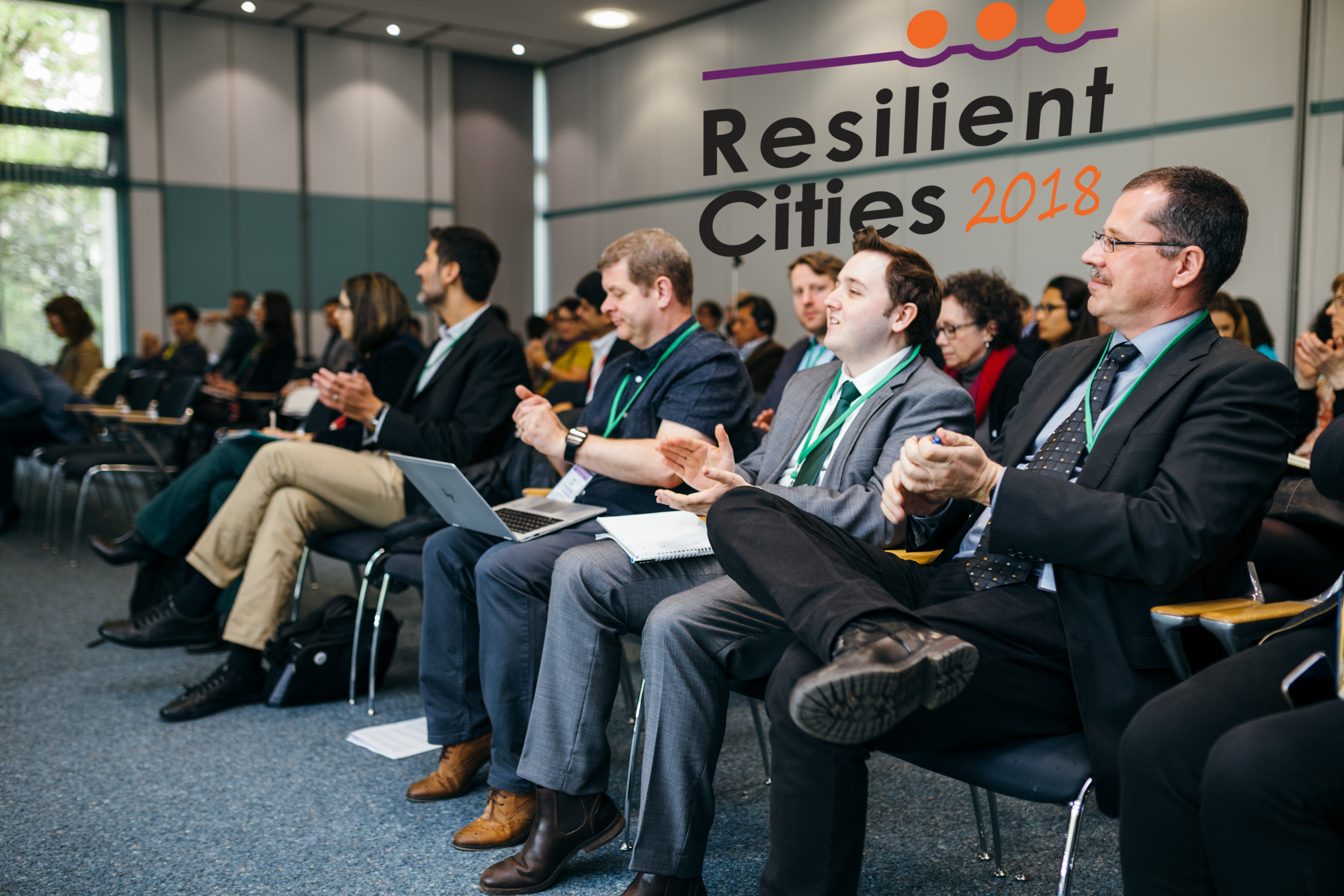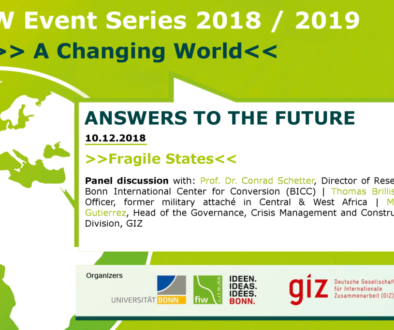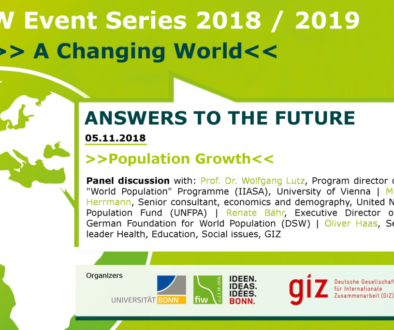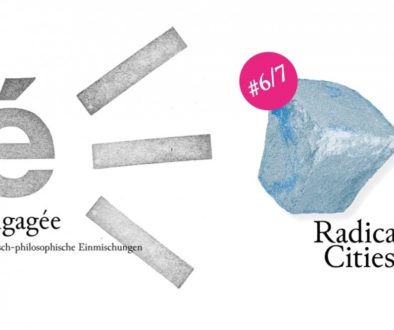How Resilient Is Your City? City Resilience Profiling Tool
Resilient Cities 2018 – ICLEI Global
How Resilient Is Your City? City Resilience Profiling Tool

How Resilient Is Your City? City Resilience Profiling Tool is published as part of the Resilient Cities 2018 – The Global Forum on Urban Resilience series and covers UN Habitat City Resilience Profiling Programme’s (CRPP’s) urban resilience assessment, advocacy and enhancement tool: City Resilience Profiling Tool (CRPT), as presented by Amaia Celaya and Craig Laird from City Resilience Profiling Programme, and Anna Karaan from UN Habitat.
CRPT
In response to local government and stakeholder demands, CRPP designed a cross-sectoral holistic vulnerability assessment addressing national and local leaders in command of transforming urban areas into safer and better places to live in, and improve their resilience to multi-hazard impacts, including those associated with climate change.
[…] the measurable ability of any urban system, with its inhabitants, to maintain continuity through all shocks and stresses, while positively adapting and transforming toward sustainability.
Urban Resilience as defined by UN Habitat
Questions
CRPT administers 196 questions to uncover potential for planned and informed climate actions and establish a baseline, also called ‘profile’, which can be used for guiding allocation of resilience enhancing inputs to and monitoring sustainable urban planning, development, and management processes – the city’s Resilience Action Plan. Questions for data collection are grouped around four main topics
- Climate trends information – climate type, (max/min/avg) temp, avg rainfall, duration/intensity of weather events
- Environmental quality information – greenhouse gas production, air pollution, water pollution, urban green space
- Urban climate resilience information – current climate mitigation and adaptation measures
- Resource efficiency information – resource efficiency practices
Elements
The underlying model of CRPT’s profiles metrics for urban resilience builds upon an universal model integrating all elements of urban systems organized along five key axis including ubiquitous descriptors common to all cities, i.e. human settlements
- physical (built) aspects;
- functional elements;
- organizational structures;
- spatial dimension;
- time – describing the dynamic of the urban system
Attributes
By means of the five apex elements various attributes defining the urban system are captured
- Physical attributes – from dwellings, and unpaved village roads; to the complex built environment of mega-cities.
- Functional attributes – describing processes and flows – again anything from a rural village market and transport hub, to commercial, governance, and social processes in large cities.
- Spatial attributes – all human settlements are located somewhere geographically, and for better or worse, distributed in specific spatial terms from the smallest plot up through urban segments, to peri-urban, district; national and international locations.
- Organizational attributes – here meaning any association of humans for some purpose – formal, informal, corporate or political, and can describe any organizational scale from an individual, to a neighborhood or community association, or a council of elders, to rate-payers groups, or even professional or religious associations that can influence the profile of the city, and more formal institutions such as local, regional or national governments.
- Time – the fifth element is the understanding that cities are not static, and evolve continuously.
Mapping connections between stakeholders, hazards and other elements of the urban system by pooling locally sourced, quantifiable, evidence-based resilience data that’s cross-cutting themes of effects of climate change allows for capturing formerly intangible resources and assets such as community governance forces, and turning gaps and vulnerabilities into action areas to build resilience.
Summary
As a people-centered cross-sectoral risk assessment, advocacy and training tool for local and national governments, CRPT sets it focal points on political engagement and applicable technical local knowledge as crucial for changing city dynamics, encompassing a vast field of socio-spatial factors, and enhancing urban resilience.
![]()
All images used in this post and all other posts within the Resilient Cities 2018 – The Global Forum on Urban Resilience series are property of ICLEI.



